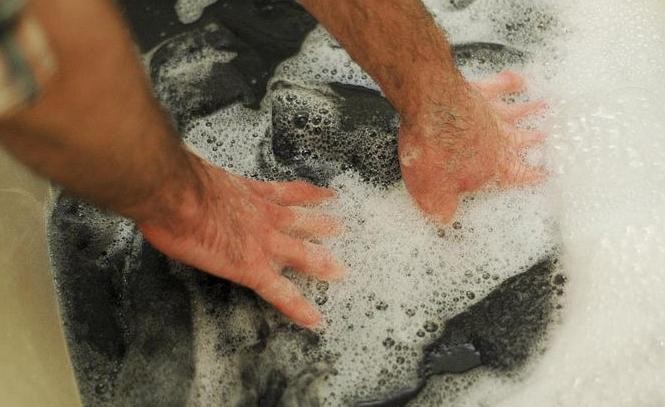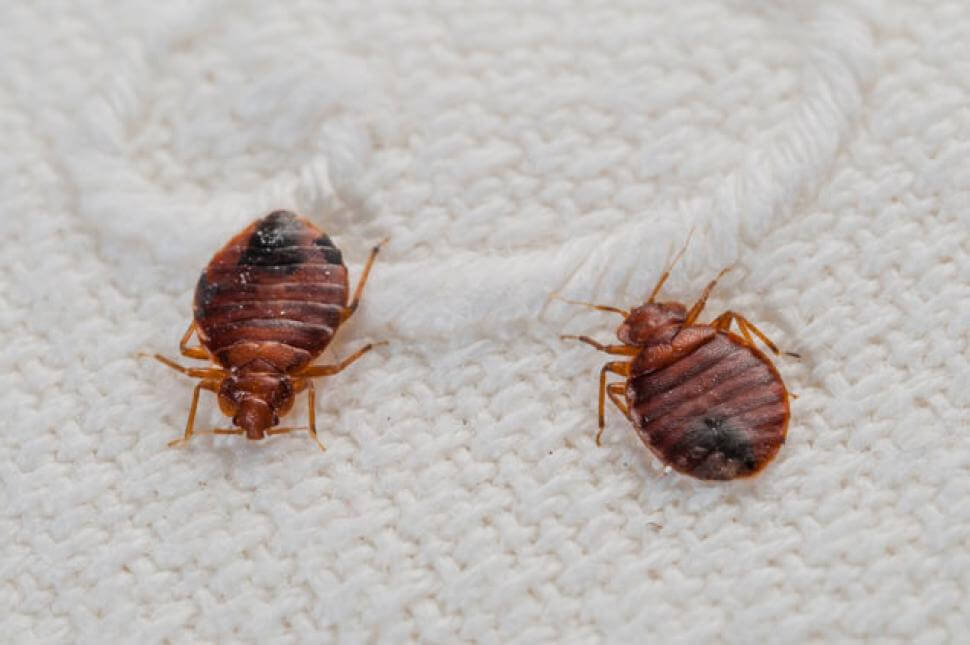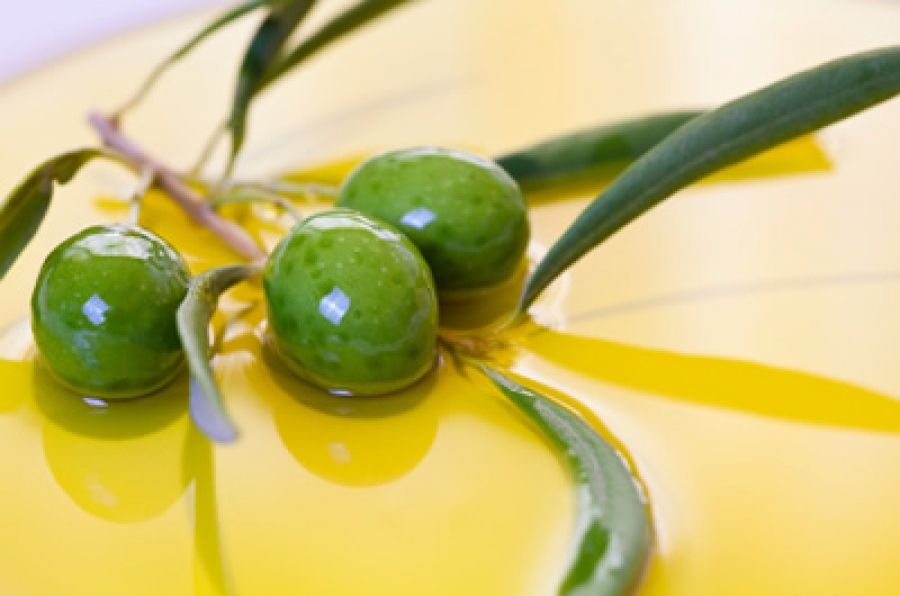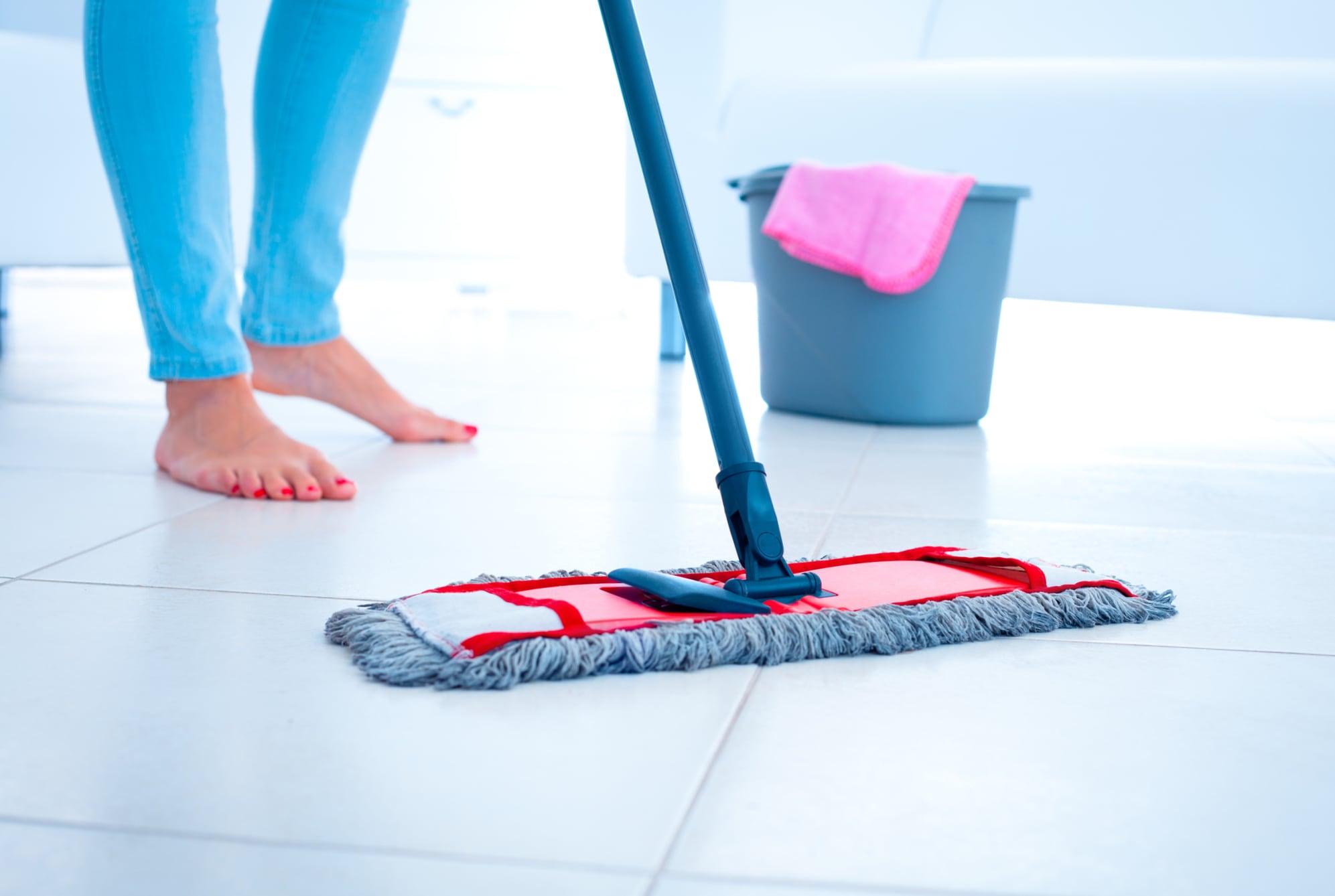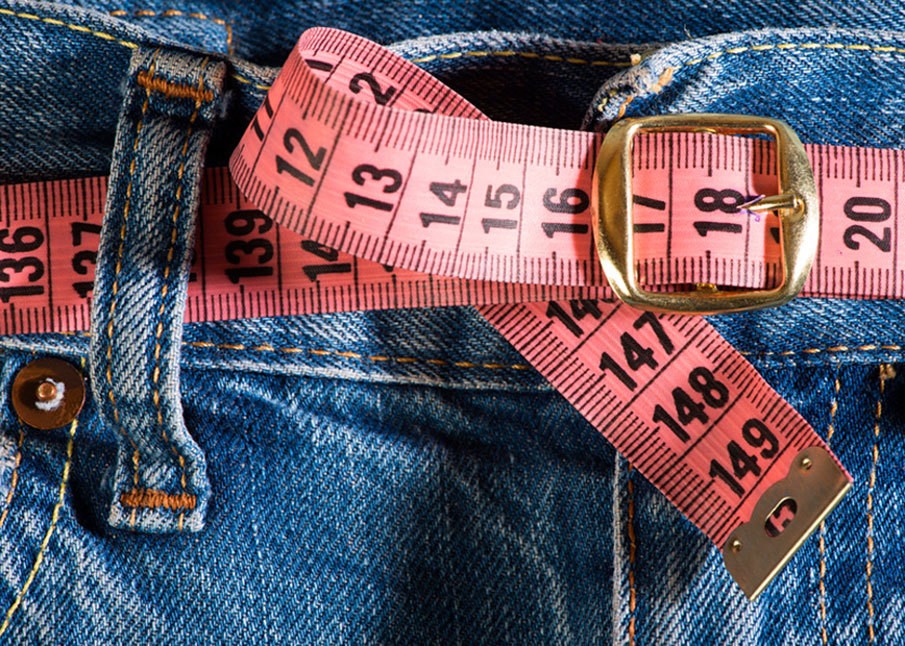Many people do not like ironing for the monotony and boredom of this activity. Women do not want to spend a few hours on ironing things after a long day at work. In this case, you can call a cleaning company to help, whose employees will produce high-quality ironing of the clothes at home. After all, most people have an ironing board and iron at home. Specialists who have extensive experience in this area know how to properly iron men’s shirts, blouses with lots of decorative elements, make arrows on the pants. They know very well the peculiarities of ironing different fabrics: cotton, linen, synthetic, wool, etc.
Often housewives try to iron the most time-consuming things first in the form of linens. But the rules are to start with synthetics, which are ironed at 100-110°C. Then move on to silk or wool, increasing the temperature, and finally to linen and cotton.
Not all synthetics need to be ironed, sometimes you can just dry them out unrolled on a hanger and iron them with a slightly warm iron.
There is a label on each garment that indicates whether it can be ironed and at what temperature.
Peculiarities of ironing different fabrics
Silk clothes are ironed undried, from the back or through a dry cotton cloth. It happens that things made of silk with uneven ironing stretch or on them there may be an unpleasant shine that spoils the view of the product. If this happens, you need to wet the thing, squeeze it, hold it over steam, dry and iron again. Do not splash water on silk items, as this will leave stains and wrinkles on the product.
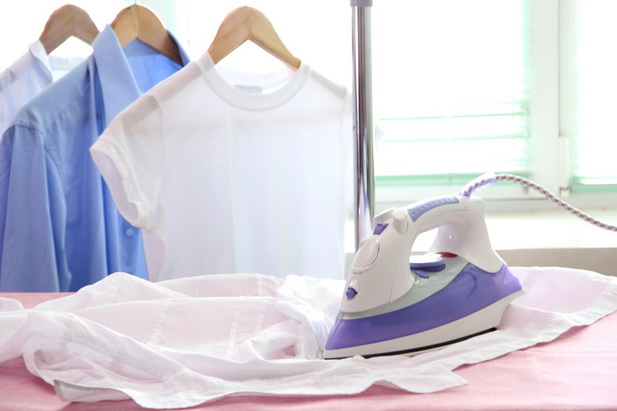
It is better to dry silk products on a flat surface or hang them on hangers, then the clothes will not have creases, which are difficult to smooth out.
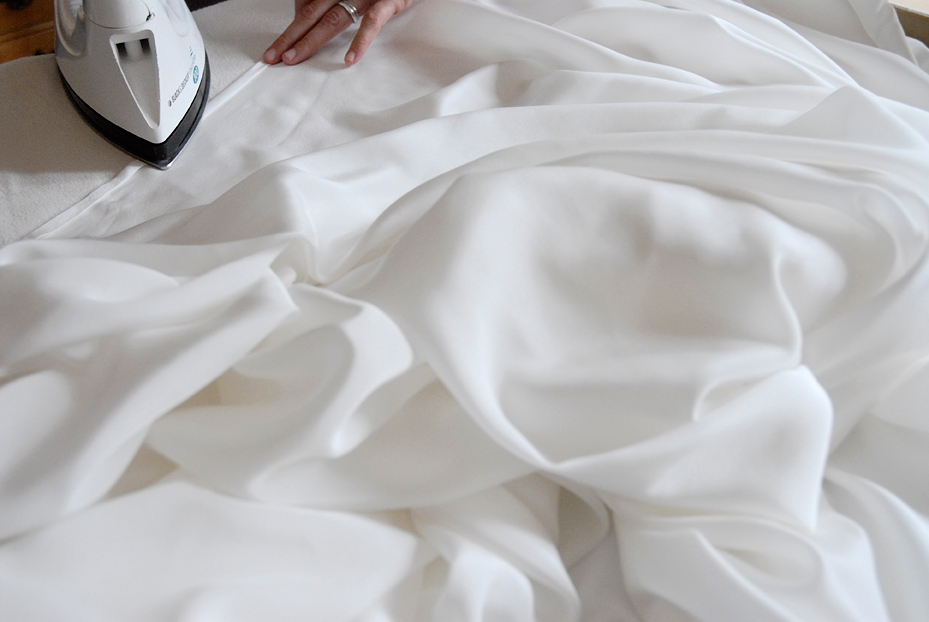
Wool is ironed from the wrong side through a damp cloth. When ironing, you should dry the item well under the iron, so that later it will not shrink.
Knitted wool items can be ironed through folded gauze. Do not put too much pressure on the garment to prevent it from shrinking.
A knitted hat can be ironed by putting it on a jar and ironing only the top.
Colored knitwear is recommended to iron only after lightly moistening with a solution of water and vinegar. This will keep the brightness of things for a long time.
Mohair items can be put between towels and smoothed with a simple rolling pin. If the towel gets wet, replace it with a dry one. This way, mohair and wool garments are smoothed very well without wrinkling the lint.
Fleece fabrics like corduroy are ironed slightly dampened, from the underside.
Iron cotton and linen garments from the front side, except for embroidered areas, which are ironed from the back. If the garment is dry, it is better to moisten it with warm or hot water.
Iron the laundry slightly damp, folded in half, otherwise, when dry, it is difficult to iron.
How to properly iron pants and a shirt
The ironing of pants begins with the waistband and the top, they are ironed through a white cloth. Without it, the pockets are handled. Then the pants are placed full length on the ironing board and one pant leg unrolled. They should lie sideways so that the front and back creases are creased. Iron the bottom pant leg thoroughly, especially in the creases. Do the same with the second pant leg. Always use a moistened cloth when ironing to avoid shine on the product, and yellow spots on the folds on light-colored pants.
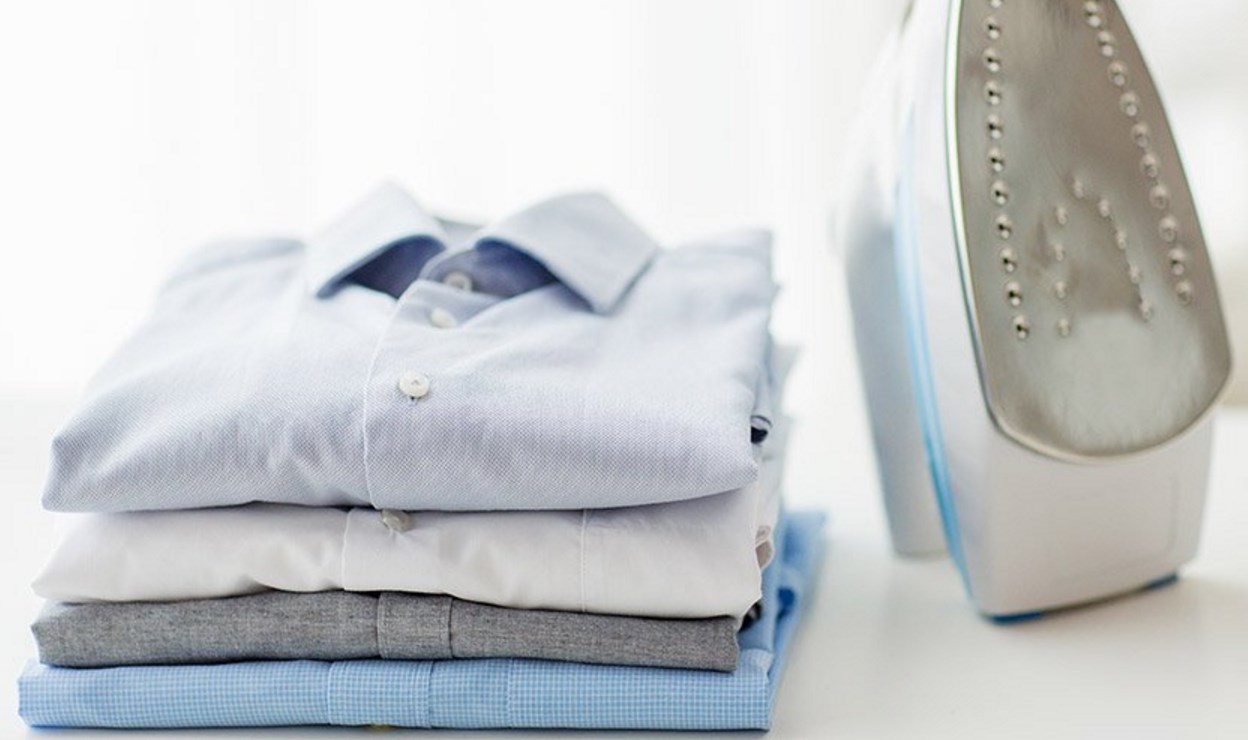
“Arrows” on ironed clothes will be durable if you iron them through a cloth soaked in a solution of vinegar, and at the end run the iron over damp, thick paper. After ironing you should not wear the pants at once, let them hang on a hanger so that the fabric on the folds has time to dry and fix.
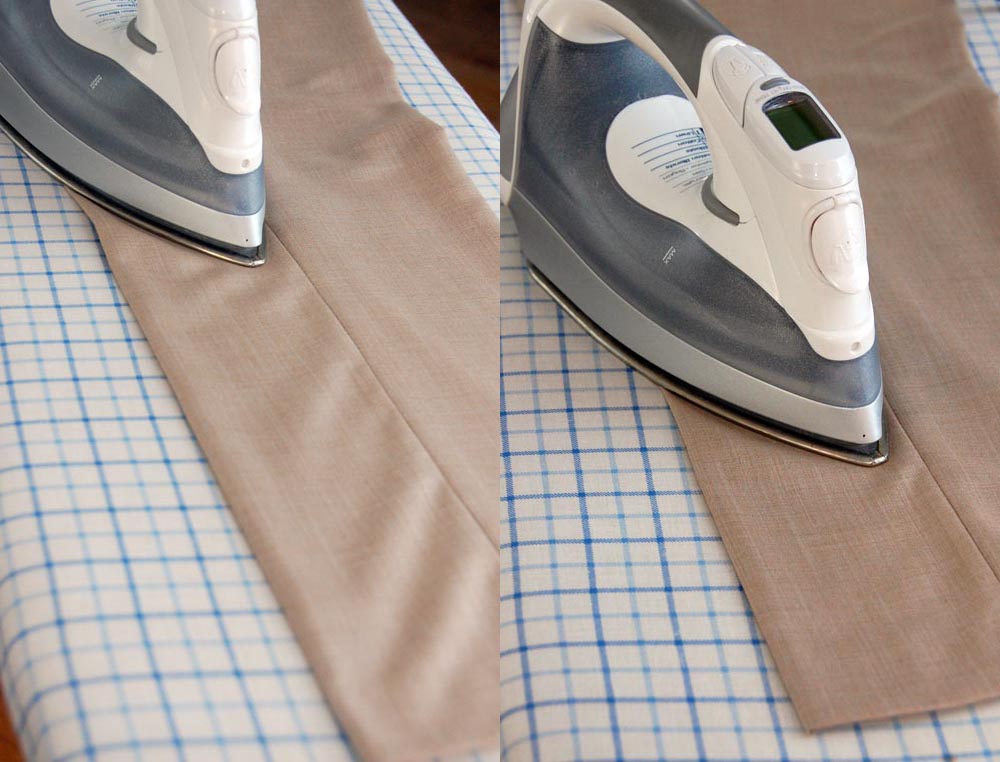
In the process of ironing a men’s shirt, you should also take into account some peculiarities. Iron the product from the front side, starting from the collar (both sides), then the back, sleeves, front. The collar is ironed from the corners to the middle.
If you don’t want to suffer with creases on your pants or shirt, contact a professional. Experienced workers of the cleaning company will perform ironing of things at home of any complexity.
General rules for ironing things
Regardless of the characteristics of a particular fabric, follow these rules when ironing:
- Make sure that the iron does not overheat;
- Do not keep the iron in the same place for a long time, otherwise the fabric will show distortions, stains, or even holes;
- Worn-out areas on wool garments are steamed over a damp linen cloth;
- If the iron’s soleplate gets dirty, it can be wiped with a damp cloth soaked in baking soda or vinegar solution;
- To make the iron glide well, you can rub a piece of beeswax wrapped in a thick cloth on the sole of the iron.
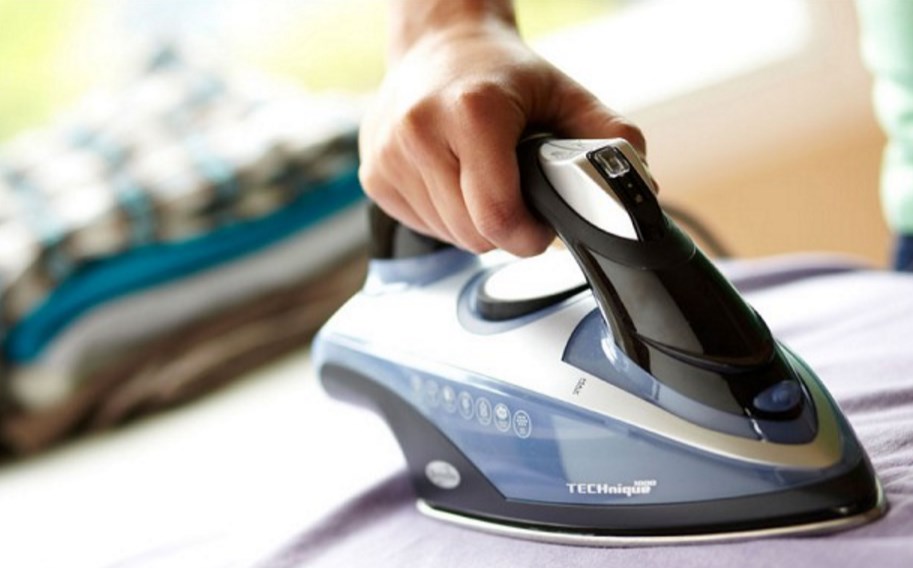
Proper ironing plays a significant role in prolonging the wear of your clothes. If you do not know how to iron difficult things or you have accumulated a lot of laundry that needs to be ironed, and there is not enough time, order a service ironing linen at home. Its cost is determined by the time spent. On average, an hour of quality ironing in Russia costs from 200 to 500 rubles.

